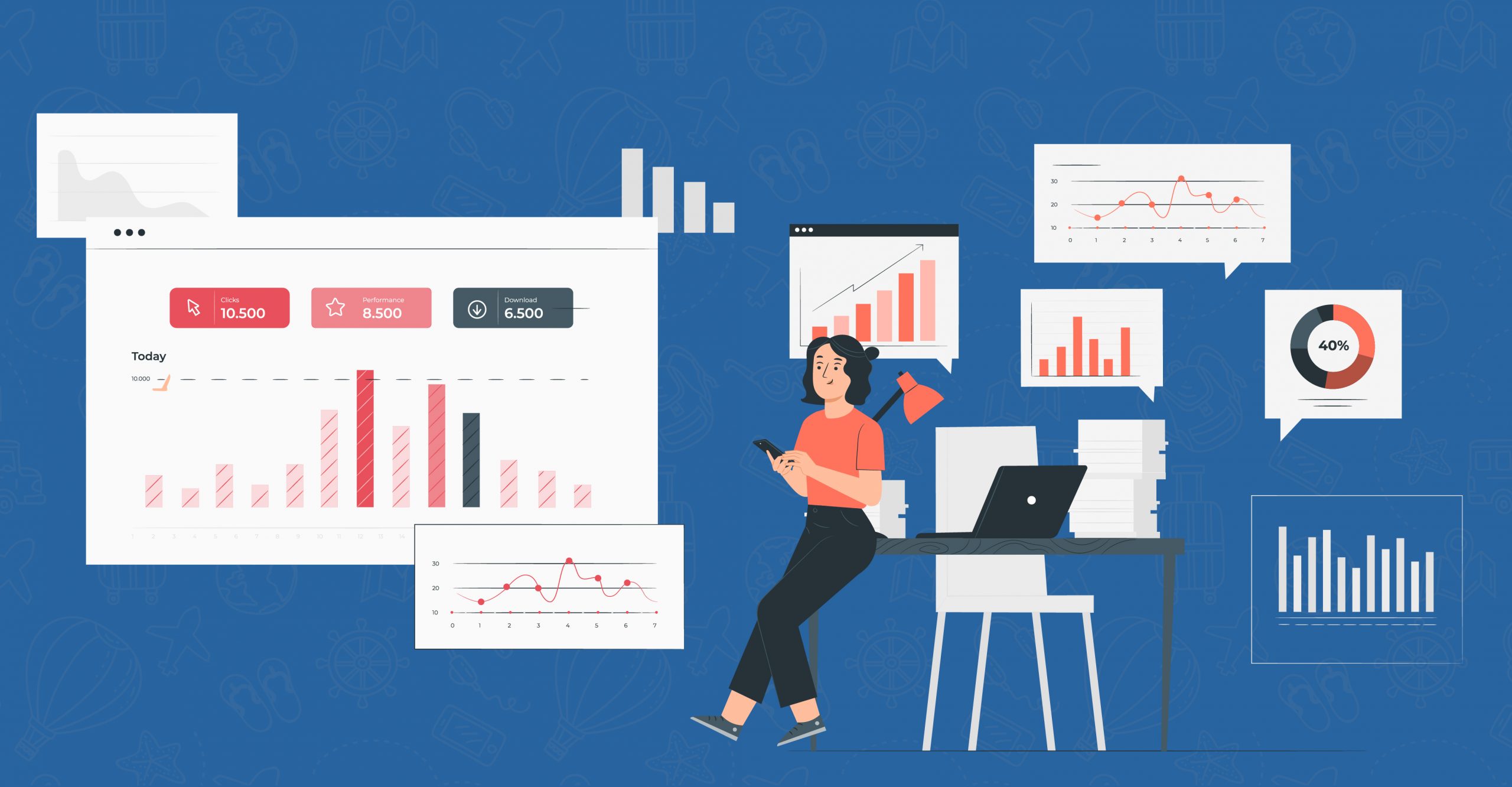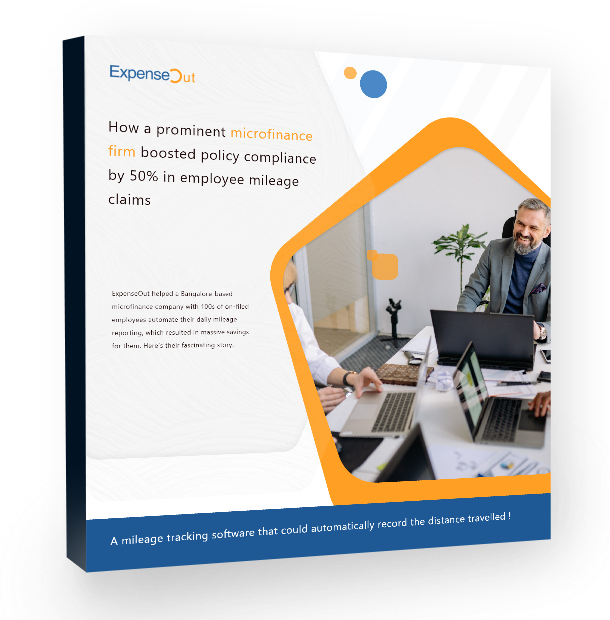Travel and expense (T&E) expenditures are among the largest controllable expense a company undertakes, so having a good grip on whether the money is well-spent needs to be a priority.
When a company invests in powerful software with expense analytics that can automatically track employee spending, analyze the data, and provide the management with powerful insights into individual and department-wise spending, it can go a long way in maintaining financial discipline, policy compliance, fraud prevention, and transparency.
Here, we explore exactly how expense analytics will help your business save money and stay ahead of the competition.
Eliminate non-compliance
For most companies, poring over endless expenses from employees to gauge patterns of non-compliance is an impossible task.
This is where expense analytics comes in; the finance team and management can ascertain whether an employee or department is overspending using interactive visual dashboards.
The non-compliance may range from booking a higher hotel class than the expense policy allows, right up to office/department-wide non-compliance for flights or other travel purchases.
Note that you can make exceptions for valid instances of overspending or non-compliance, such as buying an expensive dinner for a high-profile client. It is worth mentioning that you can identify the volume of non-compliant items, the total value of expenses that are outside the bounds of your company policy, and the type, location, and department of these expenses.
Using this information, your company can understand why there is non-compliance and take necessary action to reduce it.
Curb expense fraud
Curb expense fraud
Usually, integrating a company’s expense policies into the expense management software’s business rules engine can reduce fraud substantially. Every time there is a non-compliant entry, the system either rejects it or asks for an explanation.
However, the system isn’t foolproof; if there is a collaboration between the expense report submitters and approvers, or if the company’s expense policy has some undetected loophole, fraudsters may bypass the automated policy compliance measures built into the expense reporting software.
Analytics of expenses can be a godsend while trying to identify and reduce such instances of sophisticated fraud.
For instance, imagine a company that allows employees to submit expenses under $40 without a receipt. Individuals or groups may attempt to use this supposed loophole, submitting multiple non-policy-compliant entries just under $40. When there is an expense management solution with powerful analytics capabilities in place, these expense claims can be flagged and investigated further to ascertain whether these expense entries are fraudulent or just a coincidence.
Get vendor discounts
Many airlines, car rentals, hotels, restaurants, and travel agencies provide corporate discounts ranging from a few percent up to 30% for high-value companies. However, your company needs to spend a particular amount with these travel and entertainment (T&E) based companies every year.
If you use expense management software, the analytics feature—showing spends by type, business unit, location, and vendor— can help you provide evidence to vendors that you are a high-value client and secure steep discounts.
If you are trying to secure a corporate discount with an airline, you can present the average amount spent per ticket, flying frequency, class, etc.
For car rentals, you can present the total spend per trip, where the renting took place, etc., to demonstrate your value as a customer deserving of a discount.
Meanwhile, you can demonstrate you are a high-value customer for a hotel chain by presenting the average cost per night, number of nights, etc., from your analytics dashboard.
If spending volumes are consistently at the agreed levels, companies can continue getting discounted services from select vendors for their business and leisure travelers.
With its real-time information on whether employees are spending enough with the vendors, the expense analytics dashboard can be used by travel managers and executives to verify whether employees are complying with the agreements made with the vendors.
Streamline business processes
The analytics feature of an expense reporting tool for employees provides unparalleled transparency into expenses. It also helps compare expenses of various employees, view previous vs. present expenses, identify spending trends on an organizational level, and drill down to review how well everyone spends their travel and entertainment budget.
With these insights, executives can drastically improve business possesses and bring spending under control across the board.
Make employees’ lives easier
Leveraging expense analytics can go a long way in reducing the tax burden on employees. For instance, if your expense management software’s analytics report shows that employees are consistently spending money each month on fuel, food, or phone bills, you can integrate the expenses as part of the employees’ salary structure.
Conclusion
Without a doubt, analyzing employees’ travel and entertainment expenses can give the management profound insights into how to spend optimally. Also, it can give you a glimpse into wasteful expenses, provide transparency in expenses, and allow for better decision-making in the long run.
However, for impactful expense analytics, you need software that can automatically analyze spending, check policy compliance, and present you with actionable insights that give you a 360-degree view of how your money is spent.
Try ExpenseOut free and experience how effective expense analytics can do wonders for you.








